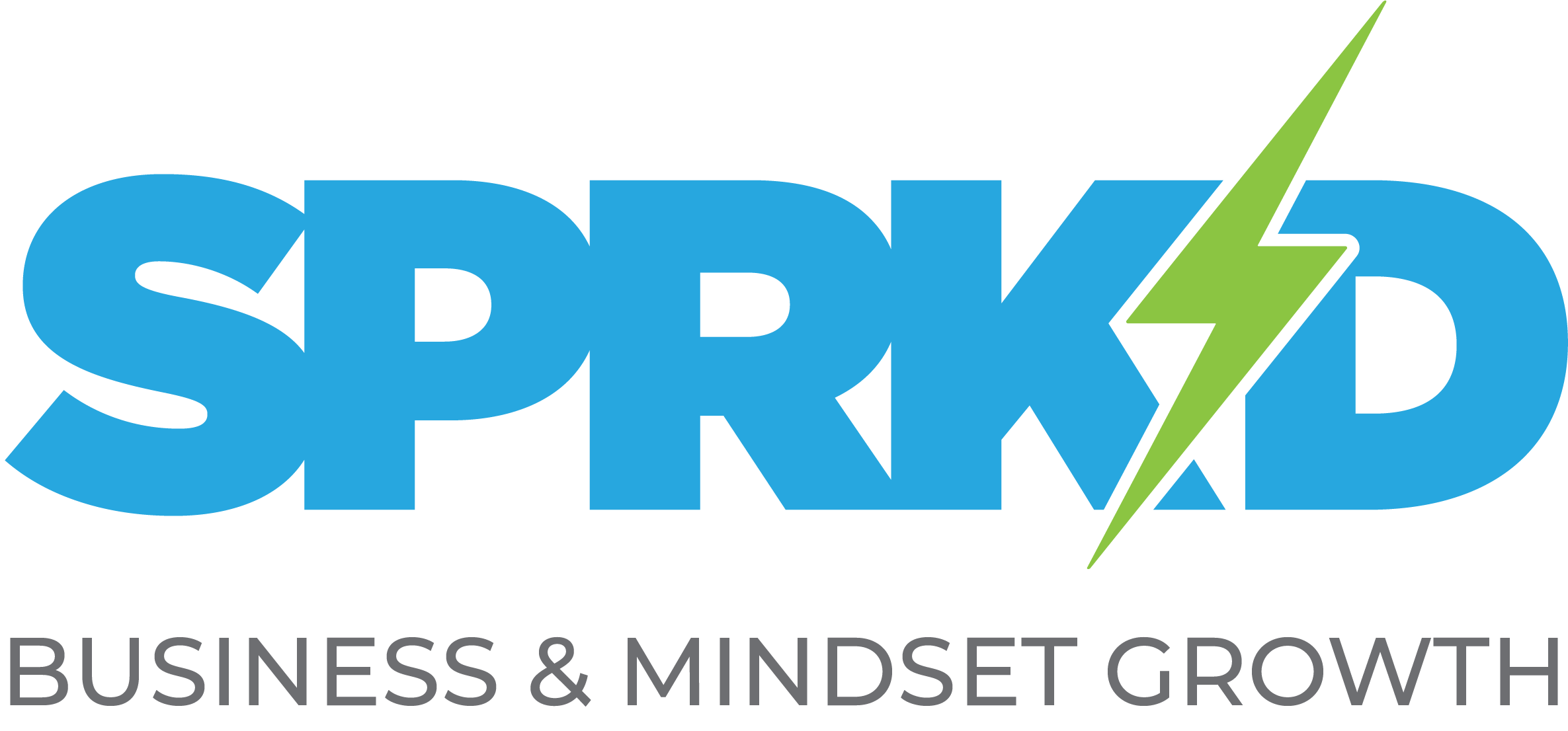Build a business you love to lead. Create the life you want.
How To Find Ideal Customer Personas

As a business owner, you’re justifiably proud of the work you’ve done. You always want to make sure that what you deliver is impressive and attractive. You want to enthusiastically promote your product, and should be proud about it.
But, no matter how enticing it might be to proclaim the supremacy of your product from the rooftops, it’s a mistake to focus your marketing emphasis solely on your product or service rather than where it belongs: on your customer.
Unfortunately, many businesses do not have a good mental picture of their ideal customer.
Instead, they cast a generic and ephemeral net and hope that someone, somewhere, takes the bait.
Not only is this technique hit-or-miss, but it may attract customers who are not a good fit for your business. It may attract customers who expect something other than what you deliver.
You may end up with difficult customers that walk away dissatisfied. This is terrible for your brand.
It’s also exhausting to try to to be all things to all customers, draining energy and resources from a fledgling business.
The best way to grow your business is to zero in on the perfect customer for your product. Hone in strategically, and approach them with targeted, relevant, and valuable marketing based around their needs and perceptions.
Preliminary Research:
If you already have a client base, it’s useful to go through your records and determine who uses your product or service most often, who spends the most on your business, and (if available) who refers the most customers.
Focus on the customers who have brought in the greatest profit, rather than those who have ordered something with the highest price tag—a big difference!
By analyzing these star customers, you start to get a better picture of your ideal demographic, including age, gender, occupation, marital status, and, in the B2B world, information about their businesses. This gives you a clear picture of your target audience and makes your messaging more impactful.
Once you’ve analyzed your data, the next step is to examine your customers as individuals, beyond mere demographics.
Who are they really, and what do they care about?
Create quick, easy to fill out, surveys for your best customers to complete and offer a small incentive/gift in exchange for their time.
If you find that environmentalism is important to your customers, you might consider partnering with a non-profit, promoting your products made of recycled materials, or creating a blog that includes articles on upcycling and environmental causes.
It is this personal touch that not only attracts the right customer but ensures that your business appeals to them when they arrive and that they will recommend your business to friends and associates down the line.
Facebook and Twitter:
Facebook can be used to create a ‘buyer persona’ with all the demographic information you have collected so far. Then, you can check out Facebook Insights to see if the demographic profiles of people who have ‘liked’ your business online, or left comments on your feed are a match.
You can also use Facebook to determine the best time to post, noting the time of day your customers tend to comment or hit ‘like.’
This can help ensure that your blog posts aren’t buried in your potential customers’ feeds without ever seeing the light of day.
Facebook is also a great way to discover what your customers care about most. By checking what else shows up on their feeds, you can help craft your message to appeal to them.
You can also search for certain hashtags on Twitter, and comment on conversations to do with your business. Twitter is an awesome resource to find others in your industry and make personal connections.
LinkedIn:
LinkedIn is a great resource to use to join industry-related groups. Just like other forums, they allow you to share your expertise and receive advice while connecting with other industry experts; LinkedIn is also a great way for customers, especially other businesses, to find you.
Google Alerts:
Google Alerts and similar services let you know whenever your business is mentioned on the internet. You can also use Google Alerts to get notifications when content that relates to your business is posted, allowing you to make comments on blog posts and on message boards that can potentially direct customers to your business. Remember that being subtle is the key—having your business landing page as part of your signature is a subtle form of promotion that customers appreciate.
Identifying your best customers is the first step in targeted marketing. By narrowing your target audience to the customers looking for you, that genuinely wants what you offer, you’ll spend less time talking to the wrong audience. Talk to people that care. Talk to people that are interested in your business, but to do so you have to identify who that is exactly. The internet is full of data; it’s full of information on buyers and through strategic, and in-depth, research you can pinpoint the people that are your ideal customers.
Recent Posts
UNLOCK YOUR POTENTIAL IN 30 MINUTES
👀 Seeking efficient solutions to the business, marketing, or mindset challenges you face?
🚀 Ready to take your business to the next level?
⏰ Short on time?
QuickWin Coaching is designed with you in mind. Why waste hours in lengthy coaching sessions when you can achieve remarkable results in a mere 30 minutes?




